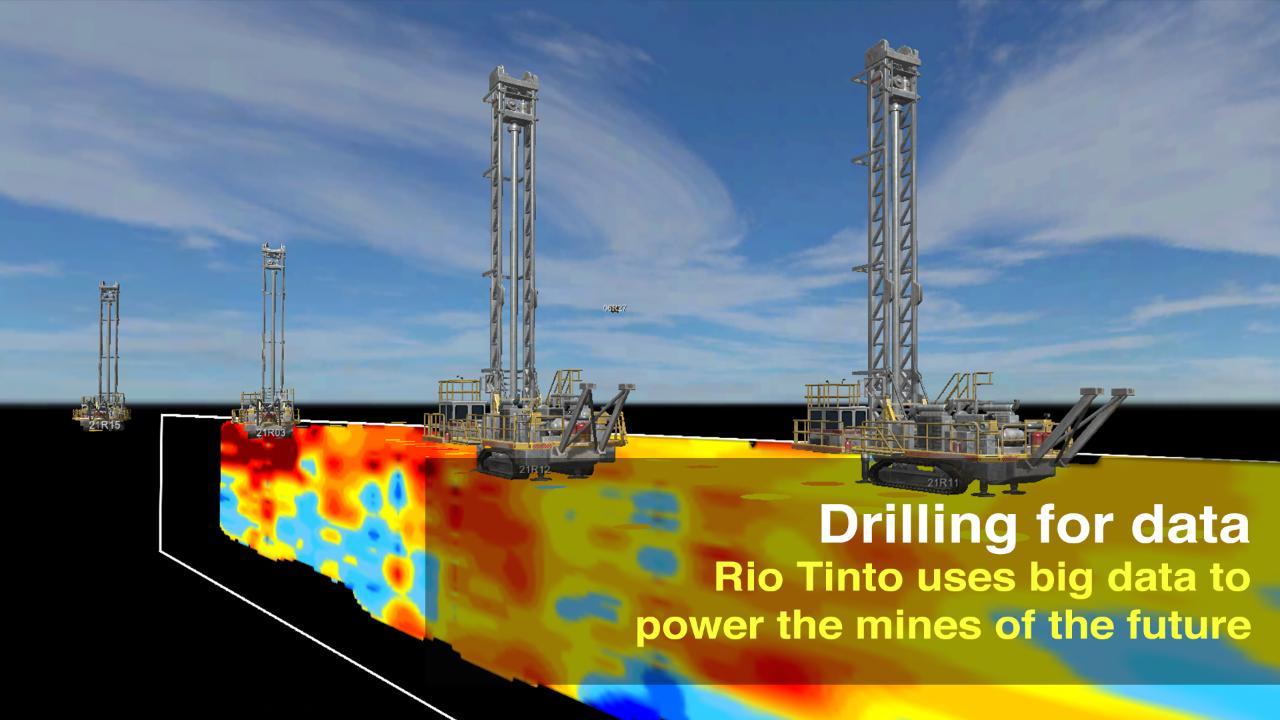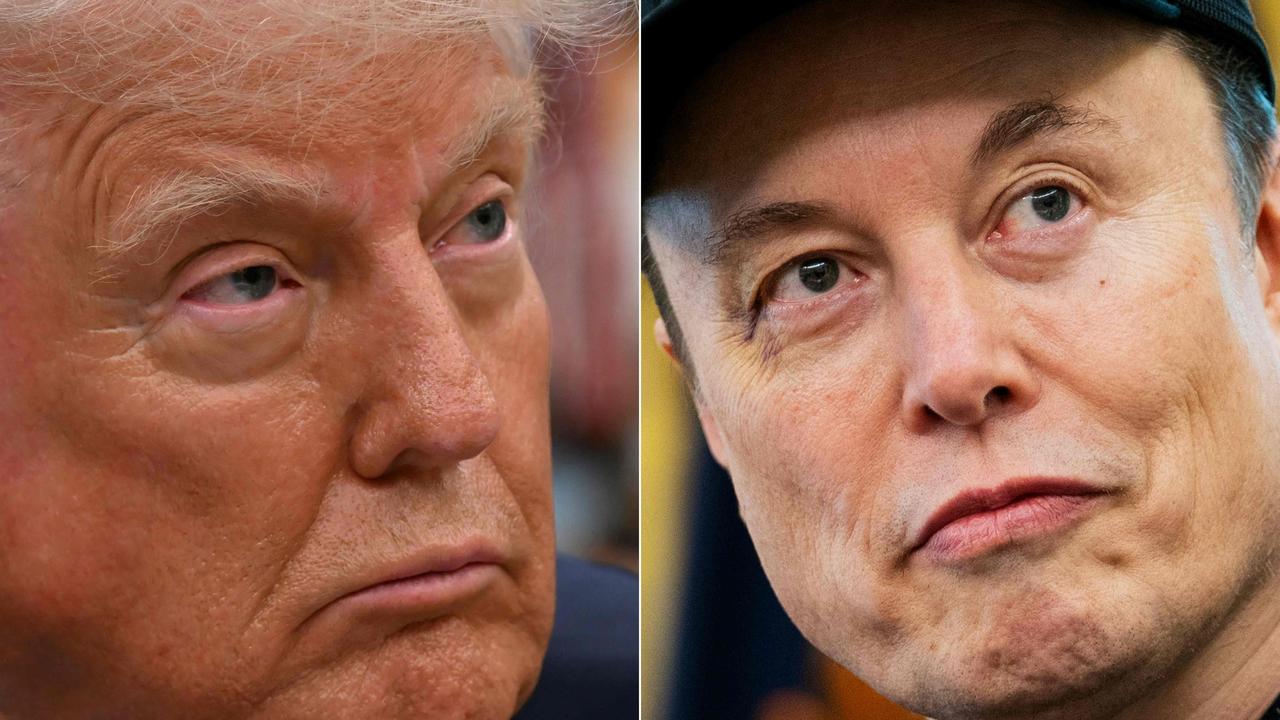Australian miners warned iron ore price will remain low
IRON ore prices were poised to drop below $US80 last tonne last night.

IRON ore prices were poised to drop below $US80 last tonne last night as Chinese futures markets pointed to capitulation in the price of Australia’s biggest export.
The price fall in China came as an official from the Asian powerhouse’s steel association told Melbourne investors our biggest miners were too optimistic about his country’s growing need for steel.
Chinese iron ore futures slumped by 3.2 per cent yesterday, pointing to an extension of the price plummet that has seen more than 40 per cent sliced from benchmark iron ore prices this year.
With futures traders tapped into the local physical market, the trading indicated overnight iron ore prices set by the day’s physical trades stood to fall from their five-year low of $US81.70 a tonne to below $US80. At the start of the year they were trading at $US135.
The expected fall hit the value of Australian iron ore miners yesterday, with Fortescue Metals down 5 per cent, Rio Tinto off 2.5 per cent and BHP Billiton down 1.8 per cent.
The price pressure is coming as the three miners put more supply on the market at a time when Chinese steel demand is becoming more uncertain.
Li Xinchuang, deputy secretary-general of the China Iron and Steel Association that represents China’s biggest state-owned steel mills, said BHP and Rio were overestimating long-term Chinese steel production growth and iron ore prices were unlikely to rise from current depressed levels.
He told the International Mining and Resources Conference in Melbourne yesterday that Chinese steel production, now at about 800 million tonnes per year, could not grow beyond 900 million tonnes.
“That will be the peak level, we understand it cannot go over 900 million tonnes — we think roughly 800 million to 870 million,” Mr Li said on the sidelines of the conference.
BHP and Rio, which are increasing iron ore production and putting pressure on prices, are both forecasting that Chinese steel production will peak at a 1 billion tonnes per year or more.
“It cannot, trust me, I have been in the business 30 years,” Mr Li said.
Asked whether BHP and Rio misunderstood China, he said: “Maybe they keep that story for investors, I don’t know.”
Mr Li, who is also president of the China Metallurgical Industry Planning and Research Institute, said the figure was based on previous steel use rates when industrialised nations like the US and Japan peaked in their steel use.
Mr Li said he did not expect prices to rise from current levels.
“My understanding is the price will be around $US80 for a long time because of the volume being produced,” he said.
On the positive side, he said he believed China’s high-cost iron ore mines would close down in response to lower prices, which is a more bullish scenario than that recently floated by former BHP executive Alberto Calderon.
Earlier this month Mr Calderon, a BHP chief executive contender who until recently worked as a consultant to chief executive Andrew Mackenzie, said he believed iron ore prices would push into the “low $US70s” because it was not in China’s interest to shut in high-cost domestic production. This is because the steel industry, which last year imported 800 million tonnes of iron ore, would benefit more from the low prices. But Mr Li rejected this theory. “It is totally market driven, that is a misunderstanding,” he said. “The government does not have that much control.”
Earlier, Mr Li told the conference that while the cuts would be market-driven much of the production was close to the steel mills and away from iron ore ports, meaning it had a significant transport advantage over imported ore.
At a conference session on Chinese future demand growth, Australian and Chinese analysts said the big nation was moving away from infrastructure-based growth and into consumption growth.
Helen Cai, head of research at investment bank China International Capital, said demand growth was expected in aluminium, nickel and zinc as the car industry grew. Lithium and graphite demand was also expected to grow strongly. Graphite stocks have boomed in Australia recently because of the potential for growth in lithium batteries, of which they are a major component.
ANZ head of commodities research Mark Pervan said liquefied natural gas, coal and uranium demand out of China was expected to grow as energy demands increased.
He also said nickel demand should grow as stainless steel demand for gas pipelines increased.


